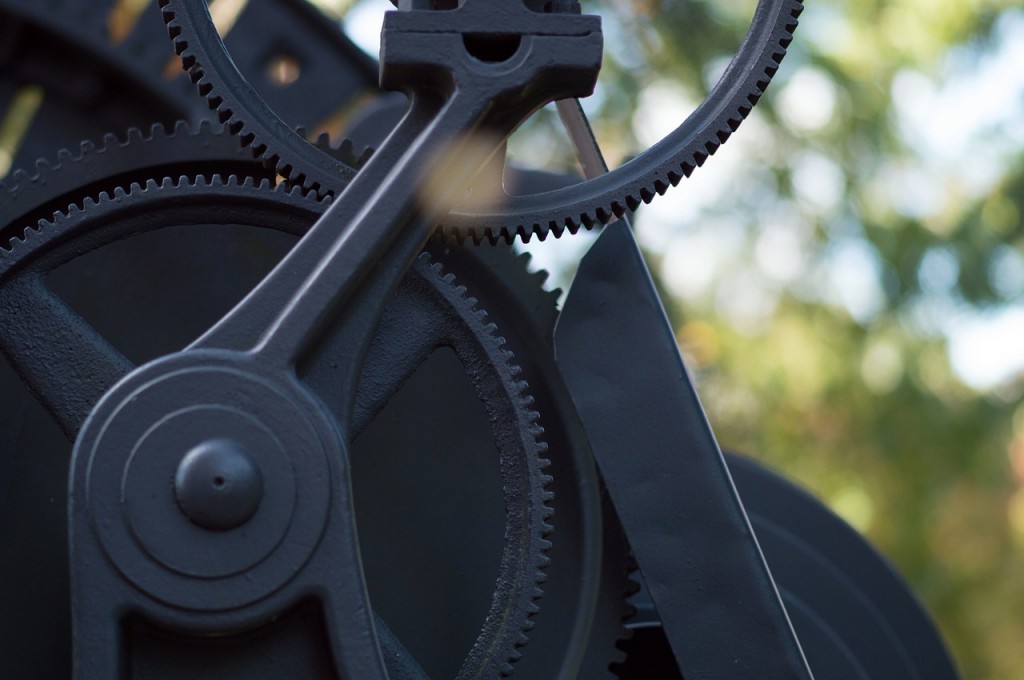
It is crucial that businesses dealing with the production process know that they can make significant changes to their company by becoming leaner. To achieve a fully optimized state of production, an independent audit should be scheduled to ascertain which areas are creating delays and which offer the best investment-to-time ratio. From this point, you can then take the necessary steps to decreasing your running costs and improving your inventory management.
Decreasing Running Costs
As companies working in the manufacturing process deal with large volumes of raw materials, that the machinery needed to sort these resources is running at peak condition is critical. Through optimization, you can expect to then minimize the risks of instability and chaos, which could not only cause considerable downtime to your business but also runs the risk of resulting in a major accident amongst your workers.
One of the ways you can do this is by investing in newer, more efficient machinery. In the United Kingdom, emissions from the industrial sector account for around a third of the total greenhouse has emissions the country releases. Electric motors within these settings count for two-thirds of all the energy consumed. Replacing these can be done with either used or new machinery, with the former offering a significant saving on the initial cost of investment. As long as you are switching to improved, more energy efficient solutions, though, you could see drastic results over just a short period of time.
Improve Inventory Management
One of the biggest issues all manufacturers face is streamlining their inventory management. The cost of materials represent a significant investment for any business and the act of reducing this unwanted inventory is one of, if not the, most important processes in manufacturing as you can expect to free up cash flow significantly. From here, you can better invest in other core areas of your business.
By better understanding your inventory, you will also be able to better forecast the materials you do need to effectively meet your consumer’s demands. Whenever you have unused inventory, this represents a costly reminder of a disorganised inventory system. Not only is there the initial cost of the raw materials, but the further cost of continuous storage can then be a consistent drain on your resources.
The larger an operation becomes, the more difficult it is to make any large scale changes. This is why it is critical that those in charge do not procrastinate in fear of their business undergoing some downtime during the initial auditing procedure. Any short-term losses that occur will be outweighed by the long-term gains that result from a better understanding of the way your core area functions.

